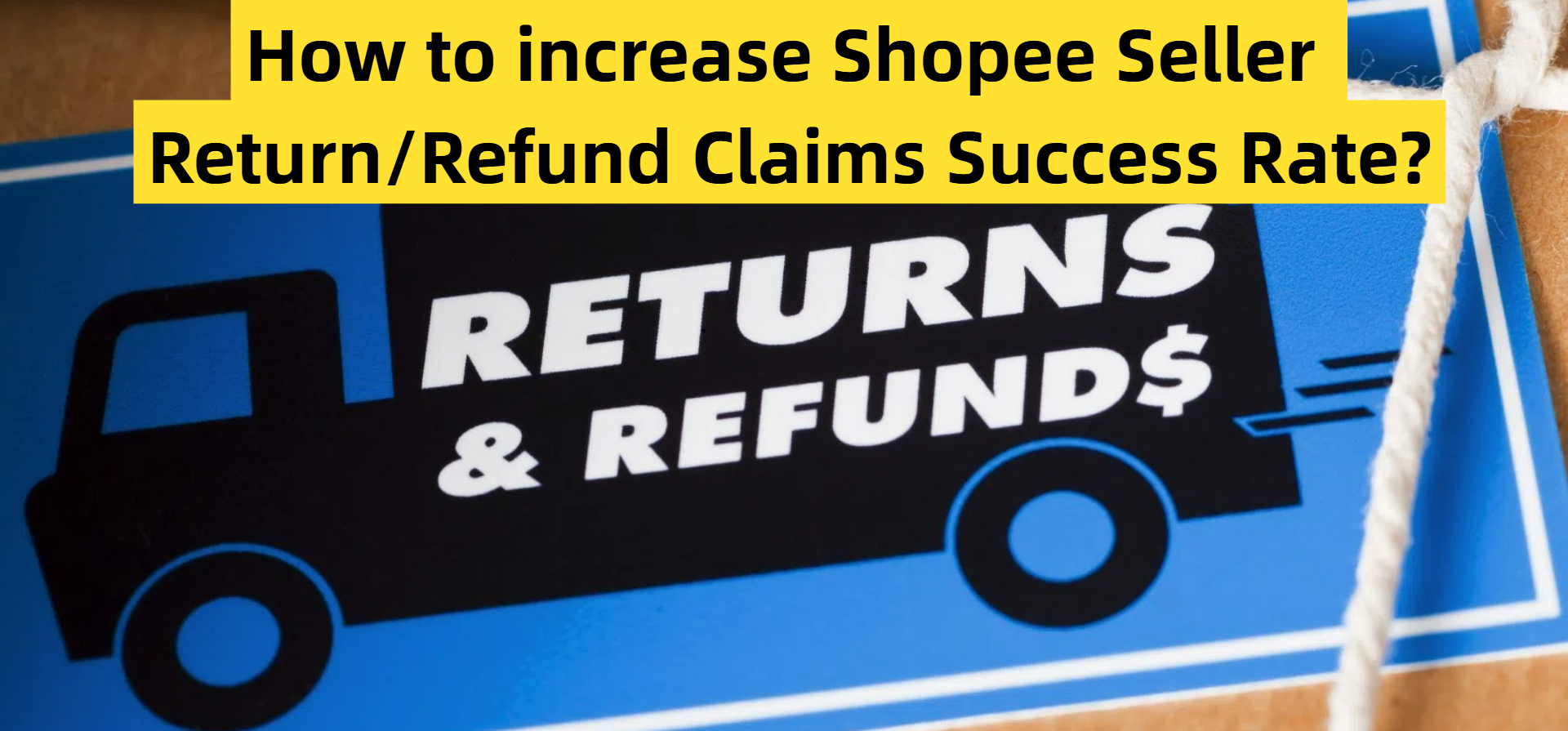China’s Overproduction Crisis and Its Impact on Malaysia’s E-Commerce Platforms
Erra 13 Jun 2025 06:28ENCopy link & title
From Shopee and Lazada to TikTok Shop, e-commerce platforms across ASEAN are seeing an explosion of low-priced Chinese products. While consumers love the bargains, local sellers are bearing the brunt of it.
So what’s really going on? And more importantly, how can you protect your store and stay competitive?
Let’s break it down.
The Roots of China’s Overproduction Crisis
China has built its economy in a way that focuses heavily on producing a lot of goods and exporting them to other countries. The government supports and funds key industries like electric vehicles (EVs), electronics, textiles, and steel to produce on a massive scale even more than what the local Chinese market can absorb.
For example:
-
In 2023, China made over 8 million electric vehicles, but only 70% were bought locally.
-
It also produced 1.1 billion metric tonnes of steel, which is 60% of the world's steel, way more than it needs for itself.
Since there’s too much supply and not enough local demand, China needs to get rid of the excess products. So, they target other countries, especially in Southeast Asia (ASEAN), to sell the surplus.
And instead of using traditional trade methods, they now use e-commerce platforms to sell directly to consumers in other countries. This approach cuts out the middlemen and import controls, making it easier and cheaper to flood the market with low-priced goods.
The result? Local sellers in ASEAN face intense price competition and struggle to keep up. This aggressive pricing creates a modern version of product dumping where goods are sold at artificially low prices, often below production cost, just to dominate the market.
What does this look like on the ground?
-
Indonesia: The local textile industry which employs more than 3 million people saw a 25% drop in sales in 2023. The reason? Cheap Chinese fabrics dominating Shopee and Lazada listings, leaving local makers struggling to compete.
-
Malaysia: The electronics sector is seeing a steady decline in competitiveness. With Chinese parts flooding the market, local manufacturers are losing incentive to invest in R&D, leading to a slowdown in local innovation.
-
Thailand: The government reported a rise in complaints about fake or unsafe Chinese electronics bought online. This raised big concerns around product quality, consumer safety, and platform accountability.

So, What Can Malaysian E-Commerce Sellers Do
Let’s be real you’re not going to win on price when competing with mass-produced goods from China. But here’s the good news: you don’t have to.
What you can do is play a smarter game. One that focuses on value, authenticity, and strategy, not a race to the bottom.
Here are some practical strategies to help you stand strong:
1. Carve Out Your Own Niche
Stop trying to sell what everyone else is selling, especially if it’s already flooded by cheaper imports. Instead, focus on categories where people care about the story, the origin, or the personal touch more than just price such as:
-
Handmade, artisanal products
-
Local snacks or wellness items
-
Fashion items with cultural meaning
-
Gift boxes for festive seasons like Raya, Deepavali, or Chinese New Year
When you niche down, you make yourself harder to copy and easier to remember.
Need help finding winning products without guessing?
Check out these 5 Free Tools to Discover Trending Products on Malaysia’s E-Commerce Platforms (2025) to uncover what’s hot right now across Shopee, Lazada, and more.
2. Use Your Home Advantage
You’re in the same country as your customers. That’s a huge edge Chinese sellers don’t have.
How to use it:
-
Speak your customers’ language, literally. Use Malay, Chinese, Tamil, slang, etc
-
Ride on local events and seasons like school holidays, Ramadhan, or Merdeka
-
Show your process from packing, designing, or sourcing to build real connection
Your cultural knowledge is priceless. Use it to build loyalty.
3. Build Trust Through Service, Not Just Sales
Shoppers are tired of low-quality products and sellers who disappear after checkout. Be the opposite.
What you can offer:
-
Clear return/warranty policies
-
Fast shipping within Malaysia
-
Active customer support
-
Transparency in how/where your product is made
People don’t just buy products, they buy experiences. Make yours memorable for the right reasons.
4. Don’t Be a One-Platform Seller
If you’re only selling on Shopee or TikTok Shop, you’re putting your whole business at risk.
Consider:
-
Building your own store (Shopify, WooCommerce etc.)
-
Selling through Instagram, Facebook, or even WhatsApp
-
Joining local bazaars or pop-up booths for offline visibility
More channels = more control + more resilience.
5. Rethink Your Supply Chain
If you’re dropshipping or buying in bulk, consider sourcing from closer-to-home suppliers instead of China.
Try:
-
Regional producers from Vietnam, Thailand, Indonesia
-
Local cooperatives or small-scale manufacturers
-
Factories that offer low MOQ custom orders
You don’t need to be the cheapest, just the most distinctive.

Competing Smart in a Tougher Market
China’s overproduction and aggressive entry into ASEAN via e-commerce platforms may feel overwhelming, especially for local sellers in Malaysia trying to hold their ground. But this isn’t the end of the road. In fact, it’s the perfect time to rethink your strategy.
Sellers who understand their customers, who embrace their local identity, and who are willing to tweak their strategies based on changing market dynamics are the ones who’ll stand a chance.
That also means knowing how to manage your business smarter behind the scenes.
You don’t need to be a big brand to operate efficiently. Whether it’s syncing stock across Shopee, TikTok, and Lazada, adjusting prices across campaigns, or simply getting a clearer picture of what’s selling and what’s not, BigSeller can help reduce manual workload so you can make sharper, quicker decisions.
When competition is this tough, it’s not just about working harder. It’s about working better, with the right systems, tools, and mindset to grow even in an uneven playing field.
Register now to receive a 7-day VIP trial coupon to explore BigSeller’s premium features.
Follow our WhatsApp Channel for more tips, platform updates, and selling insights tailored for Malaysian e-commerce sellers.



